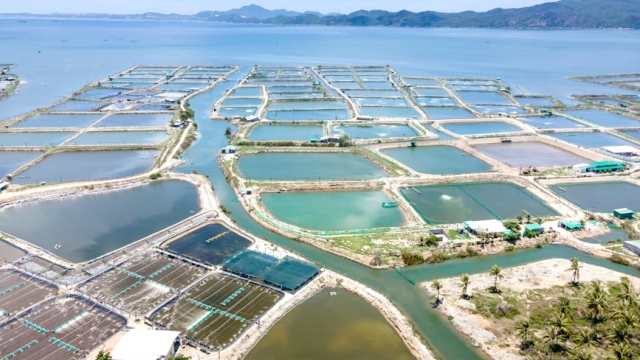
Fish farming, also known as aquaculture, plays a crucial role in supplying the global demand for seafood while promoting sustainable food production. With the rise of overfishing and the depletion of wild fish stocks, fish farming provides a viable alternative for meeting nutritional needs without further straining natural resources. However, to ensure that fish farming is both environmentally responsible and economically viable, adhering to fish farming best practices is essential. This article will explore sustainable techniques, water quality management, and feeding practices that contribute to the success of fish farming operations.
Sustainable Fish Farming Techniques
Sustainability in fish farming is about finding the right balance between productivity and environmental responsibility. Implementing sustainable fish farming techniques is vital for reducing the ecological footprint of aquaculture. One effective method is polyculture, which involves raising different species of fish together. This approach can enhance biodiversity and improve resource use efficiency. For example, combining herbivorous fish with carnivorous species can optimize feed conversion and minimize waste. Another sustainable practice is the use of integrated aquaculture systems, where fish farming is combined with other agricultural activities, such as plant cultivation or livestock rearing. This synergy allows for nutrient recycling and reduces reliance on external inputs, promoting a closed-loop system that benefits both aquatic and terrestrial production.
Water Quality Management in Aquaculture
Water quality is a critical factor in fish farming, influencing fish health, growth rates, and overall productivity. Maintaining optimal water conditions requires regular monitoring and management of several key parameters, including temperature, pH, dissolved oxygen, ammonia, and nitrite levels. To manage water quality effectively, fish farmers should:
1. Test Water Regularly: Implement a routine testing schedule for key water quality indicators to identify any fluctuations or potential issues promptly. 2. Aerate Water: Proper aeration can increase dissolved oxygen levels, which are essential for fish respiration and overall health. Aeration systems, such as air stones or diffusers, can be utilized to maintain adequate oxygen levels. 3. Implement Filtration Systems: A well-designed filtration system can help remove waste, toxins, and excess nutrients, promoting a healthier environment for fish. 4. Conduct Regular Water Changes: Partial water changes can help dilute harmful substances and maintain stable water conditions, enhancing fish welfare.
Feeding Practices for Optimal Fish Growth
Nutrition plays a significant role in the health and growth of fish, making effective feeding practices essential to successful fish farming. High-quality feed formulated to meet the specific dietary needs of the fish species being raised can lead to improved growth rates and feed conversion ratios. Best practices for feeding include:
1. Balanced Diet: Ensure that fish receive a balanced diet containing the necessary proteins, fats, vitamins, and minerals for optimal growth. 2. Feed Management: Monitor feeding rates and adjust them according to the fish’s growth stage and environmental conditions to minimize waste and prevent overfeeding. 3. Use of Natural Feed Sources: Incorporating natural feed sources, such as insects or algae, can enhance diet diversity and promote health among fish populations. 4. Regular Feeding Schedule: Establishing a consistent feeding schedule helps fish acclimate and can improve overall feeding efficiency.
Summary
In conclusion, adhering to fish farming best practices is essential for achieving sustainable and productive aquaculture operations. By implementing sustainable techniques, managing water quality, and optimizing feeding practices, fish farmers can contribute to a healthier ecosystem while meeting the global demand for seafood. The integration of these practices not only supports the welfare of the fish but also enhances the overall success of aquaculture endeavors, ensuring a sustainable future for fish farming.
| Practice | Benefits | Considerations |
|---|---|---|
| Polyculture | Increased biodiversity | Species compatibility |
| Integrated Systems | Nutrient recycling | System design |
| Regular Testing | Early issue detection | Equipment maintenance |
| Balanced Diet | Optimal growth | Cost of feed |
By focusing on these foundational principles, fish farming operations can thrive, supporting both economic viability and environmental stewardship.






